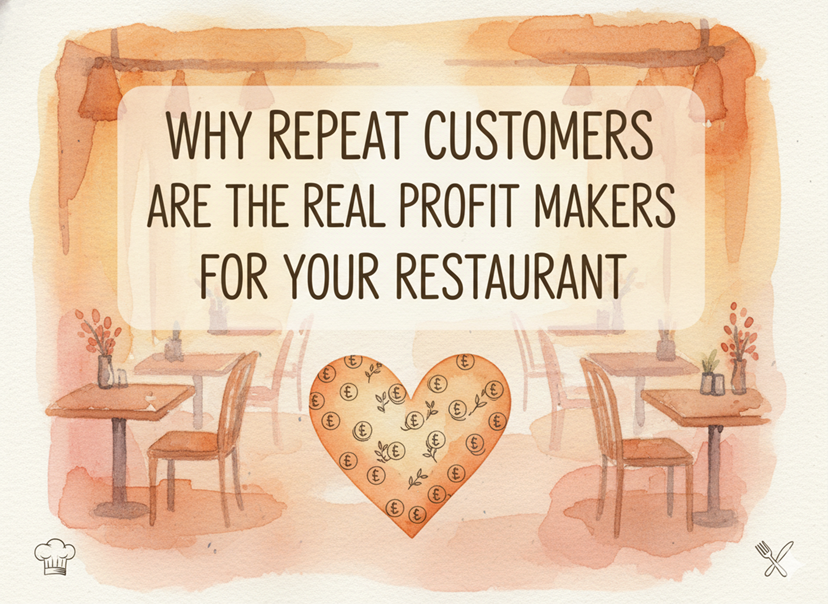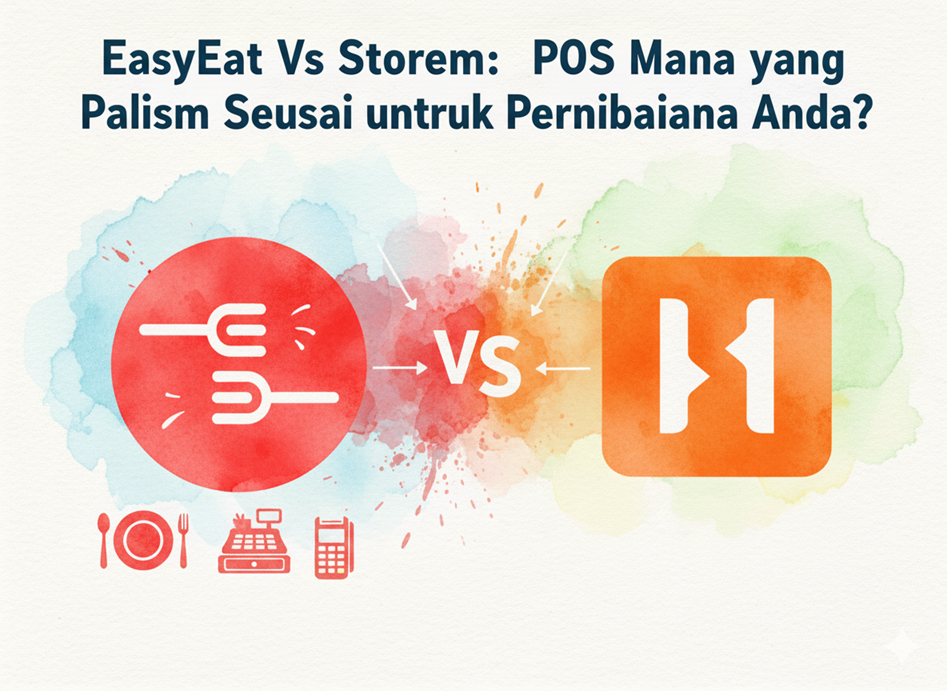In the fast-paced world of restaurant management, keeping up with menu changes can be a daunting task. For restaurant owners and managers, maintaining consistency and accuracy across all locations is crucial for customer satisfaction. This is where a reliable restaurant menu management system comes into play. In this article, we’ll delve into the key features to consider when selecting the best menu management system to enhance your business operations.
Restaurant owners and managers often find themselves grappling with the complexities of menu management. From staying abreast of evolving food trends to accommodating dietary restrictions and managing seasonal ingredients, the process can quickly become overwhelming. Inconsistencies in menus across locations can lead to customer confusion, pricing errors, and availability issues. A robust menu management system offers a solution to these challenges by providing a centralized platform for seamless menu updates and maintenance.
A restaurant menu management system serves as a digital hub for creating, updating, and managing menus efficiently. By leveraging the right features, this system can streamline operations, minimize errors, and improve overall customer satisfaction.
1. Easy-to-Use Interface
An intuitive interface is essential for a menu management system as it ensures that staff members can navigate and utilize the system without extensive training. Look for systems with simple layouts, clear menu structures, and intuitive controls.
The system should allow for easy menu modifications such as adding new items, updating prices, or changing descriptions with just a few clicks. This streamlines the process and reduces the likelihood of errors.
Consider systems with drag-and-drop functionality or WYSIWYG (What You See Is What You Get) editors, which make it easier to visualize menu changes before they are implemented.
2. Real-Time Updates
Real-time updates are crucial for ensuring that all menu information remains accurate across all locations. This means that any changes made to the menu are immediately reflected in the system, preventing discrepancies or confusion among customers.
Look for systems that offer cloud-based functionality, allowing updates to be pushed out instantly to all connected devices. This ensures consistency and eliminates the need for manual updates across multiple platforms.
Real-time updates also enable restaurants to quickly respond to changes in ingredient availability, seasonal specials, or pricing adjustments, ensuring that customers are always provided with the most up-to-date information.
3. Customization Options
Customization options allow restaurants to tailor their menus to reflect their unique brand identity and style. This includes the ability to customize fonts, colors, images, and layout to match the restaurant’s aesthetic.
Look for systems that offer flexible customization tools, allowing restaurants to create menus that are visually appealing and consistent with their branding.
Customization options should extend beyond aesthetics to include the ability to add custom fields, such as allergen information or dietary preferences, ensuring that customers have access to important information when making their dining choices.
4. Integration with POS Systems
Integration with point-of-sale (POS) systems is essential for seamless menu management and accurate transaction processing. A menu management system should be able to sync with the restaurant’s POS system to ensure that menu changes are reflected in real time.
This integration allows for automatic updates to pricing, inventory levels, and sales data, reducing the risk of errors and discrepancies between the menu and the POS system.
Look for systems that offer robust integration capabilities with a wide range of POS providers, ensuring compatibility with your existing system.
5. Centralized Menu Database
A centralized menu database serves as a single source of truth for all menu-related information, making it easier to manage menus across multiple locations.
This centralized approach ensures consistency and reduces the risk of errors that can occur when managing menus separately for each location.
Look for systems that offer robust database management features, allowing for easy organization, search, and retrieval of menu items and related information. Opt for those systems that have the option of QR Ordering.
6. Mobile Compatibility
Mobile compatibility allows restaurant managers to access and update menus from anywhere, at any time, using their smartphone or tablet.
This flexibility is especially valuable for on-the-go updates, such as last-minute specials or changes to availability, ensuring that menus remain accurate and up-to-date.
Look for systems that offer mobile apps or web-based interfaces that are optimized for use on mobile devices, with responsive design and intuitive navigation.
7. Analytics and Reporting
Analytics and reporting features provide end-of-day restaurant reports that give insights into menu performance, customer preferences, and sales trends, enabling data-driven decision-making.
These features allow restaurant managers to track key metrics such as sales volume, popular menu items, and customer demographics, helping to identify opportunities for menu optimization and revenue growth.
Look for systems that offer customizable reporting tools, allowing restaurants to generate reports tailored to their specific needs and objectives. This may include detailed sales reports, inventory analysis, and trend forecasting capabilities.
Selecting the right restaurant menu management system is pivotal for streamlining operations and enhancing the dining experience for your customers. By prioritizing features such as an easy-to-use interface, real-time updates, customization options, integration with POS systems, centralized menu database, mobile compatibility, and analytics and reporting capabilities, you can effectively manage menus across all locations, reduce errors, and deliver a consistent and satisfying dining experience. Investing in a menu management system is not just about simplifying operations—it’s about setting the stage for long-term success in the competitive restaurant industry.




